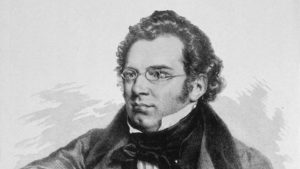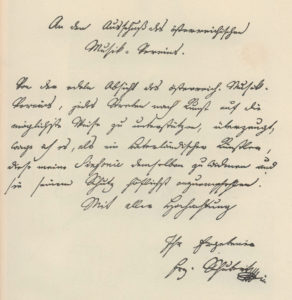One thing sorely missing from the concert life of major symphony orchestras these days is the Light Classical repertoire. The major conductors (and those hoping to replace them)Â seem to think that by associating themselves with Serious Masterpieces written by Intense Male Composers (Mahler and Shostakovich) they too will go down in history for their Deep Interpretations.
It’s a pity of course, because the lighter works add sparkle and luster to any program. They often carry strong thematic connotations, frequently stemming from ballets and operas, or representing various folk traditions. They can add context to more serious works (all the major composers in Europe, for example, adored the work of Johann Strauss II) and generally leaven a program that might be overly dense.
Suites, medleys, and other short works also allow for variation from the standard overture-concerto-symphony format. O-C-S is a fine concert format, but it’s even more effective when it’s not all you hear.
All this is why I was so very pleased when I stumbled upon David Ewen’s The Lighter Classics in Music, a beautifully written survey of this particular repertoire published in 1961 (basically on the eve of this music’s ubiquity.)
This book introduced me to many hidden gems, by composers well-known, lesser-known, and unknown (to me anyway), much of it music that hasn’t made it through the filter of history. Ewen writes beautifully about these composers and their music, and he does a fine job of representing the geographic spectrum of this particular style. I’d very much recommend picking up a copy, but if you don’t care to, I’ve assembled a Spotify playlist (above) of representative works from all the composers mentioned in his book.
One thing worth noting is that this stuff didn’t just die off in 1961: composers are still writing light music. We just have to listen.


